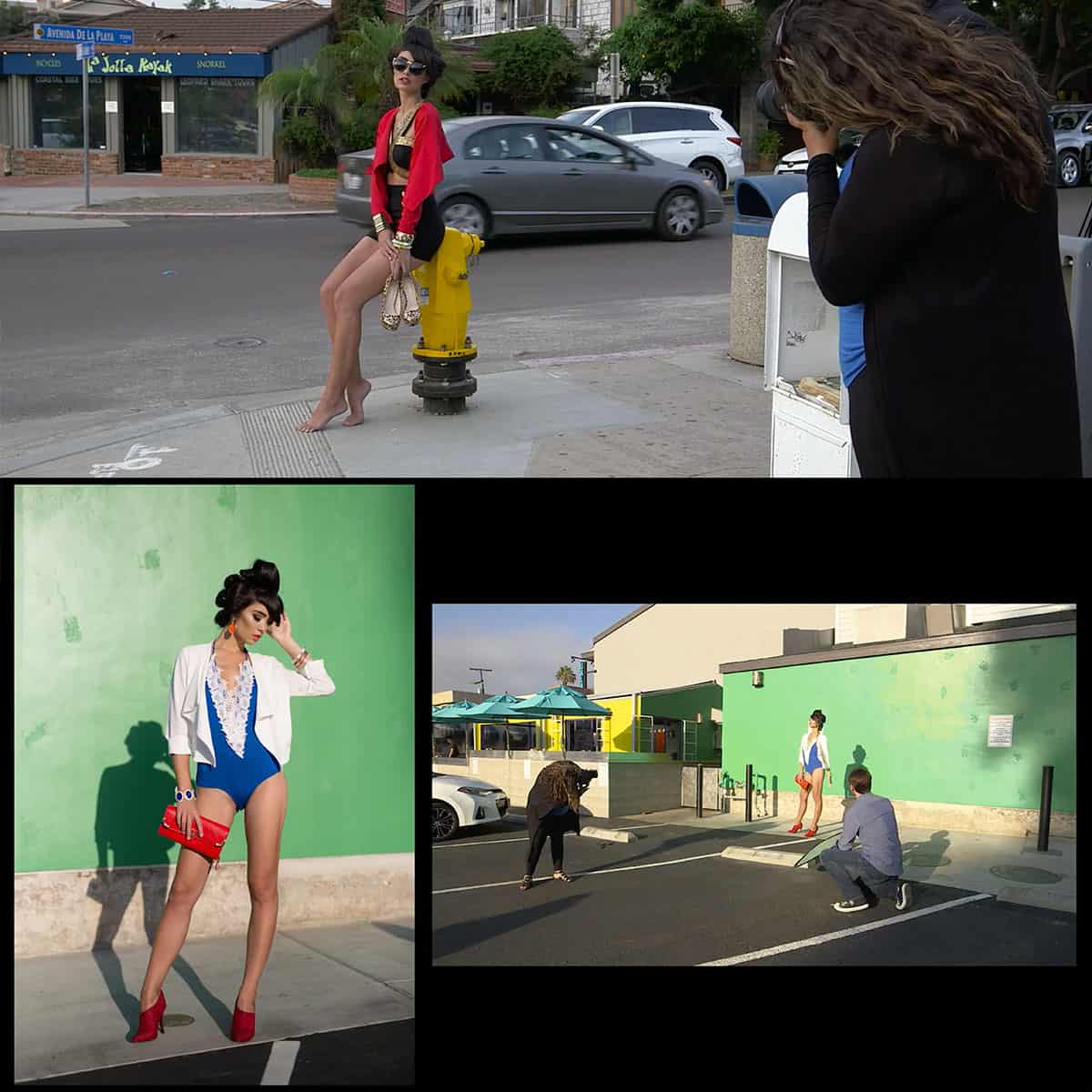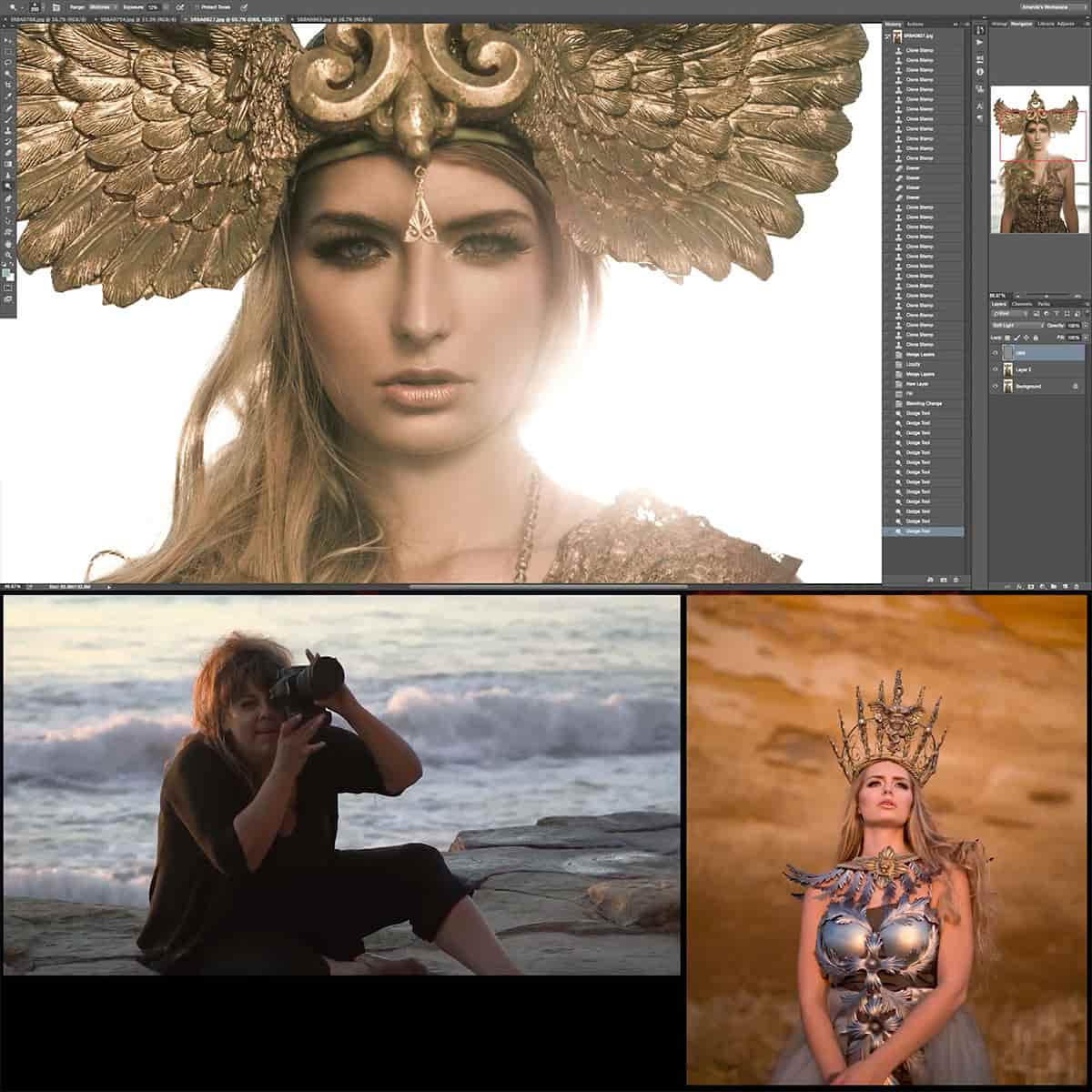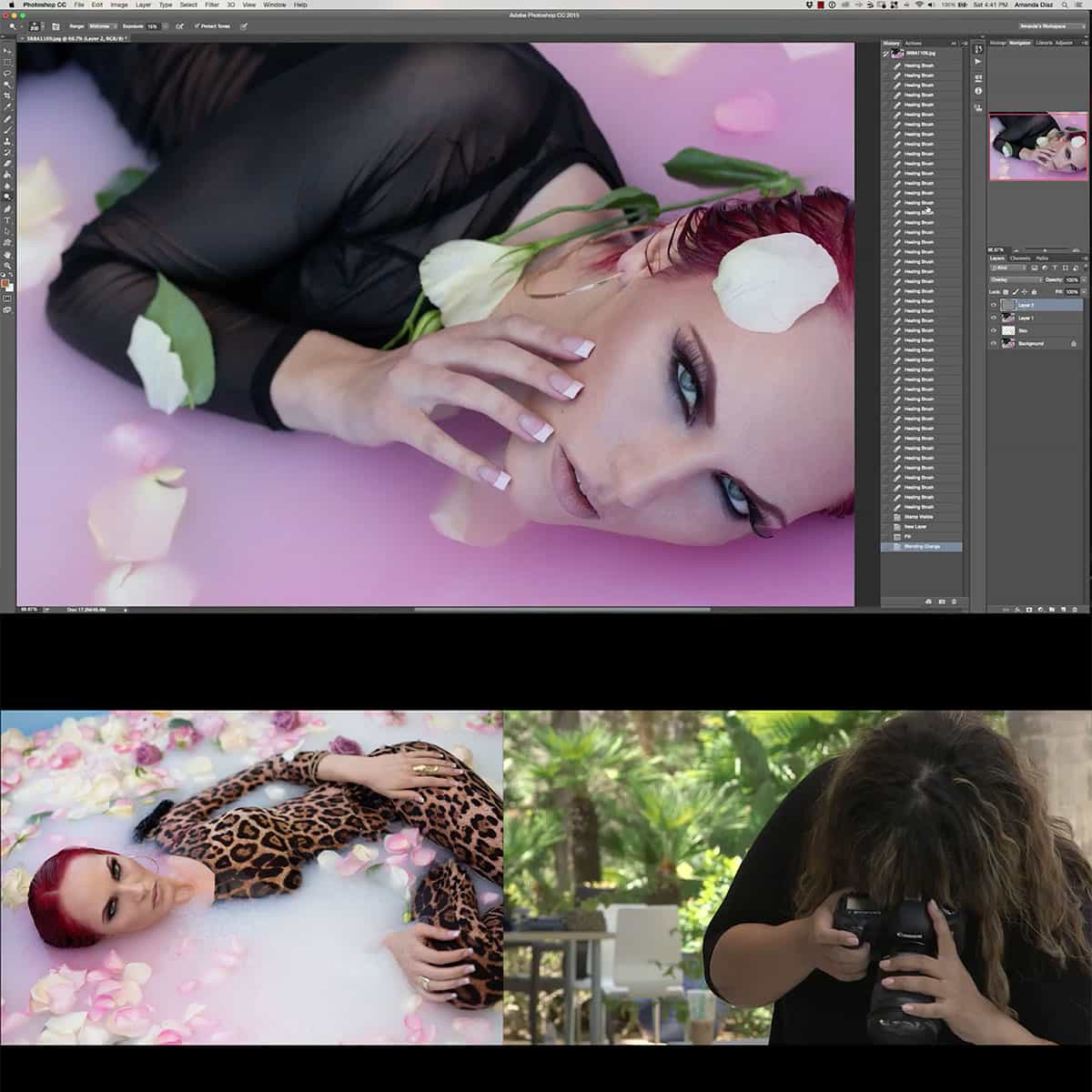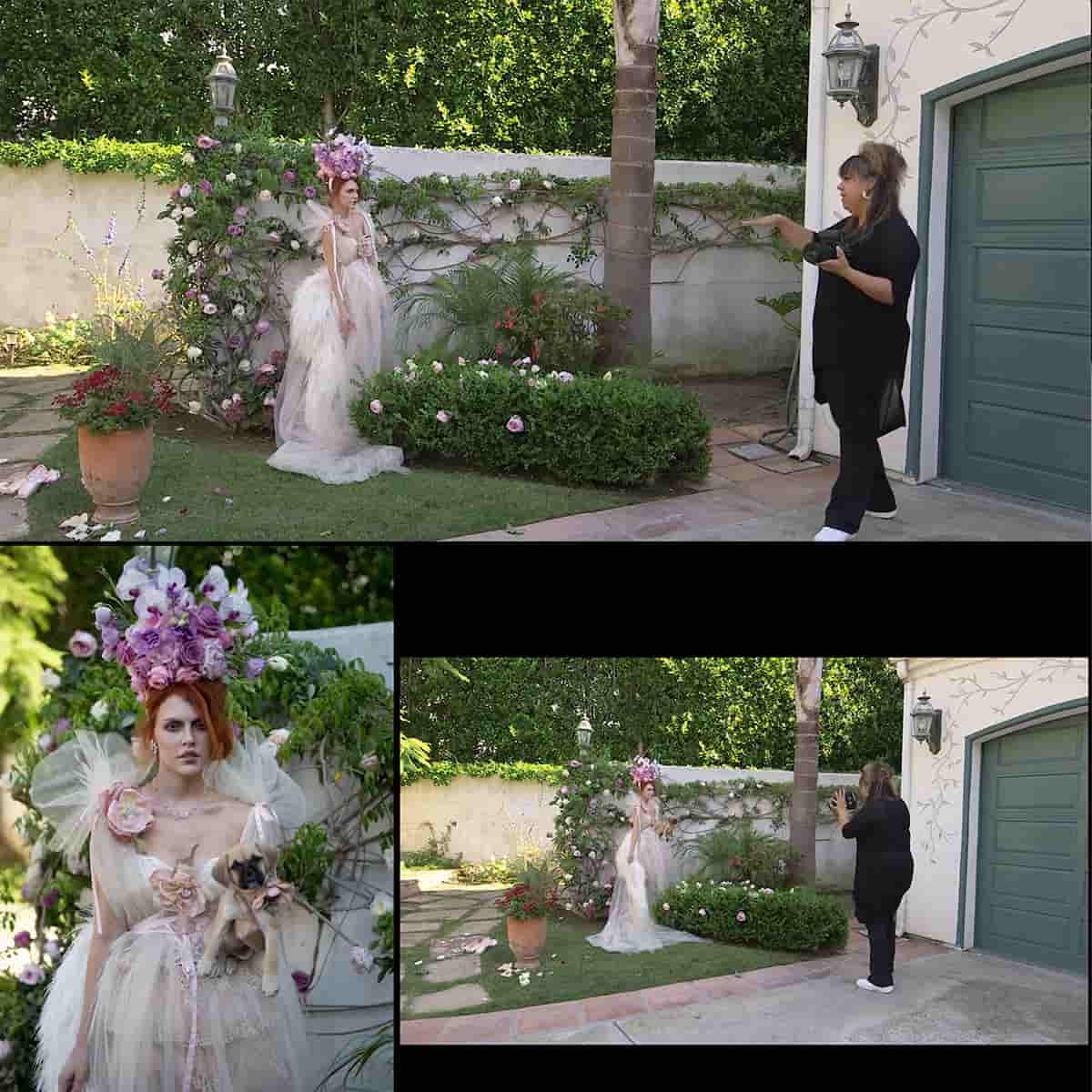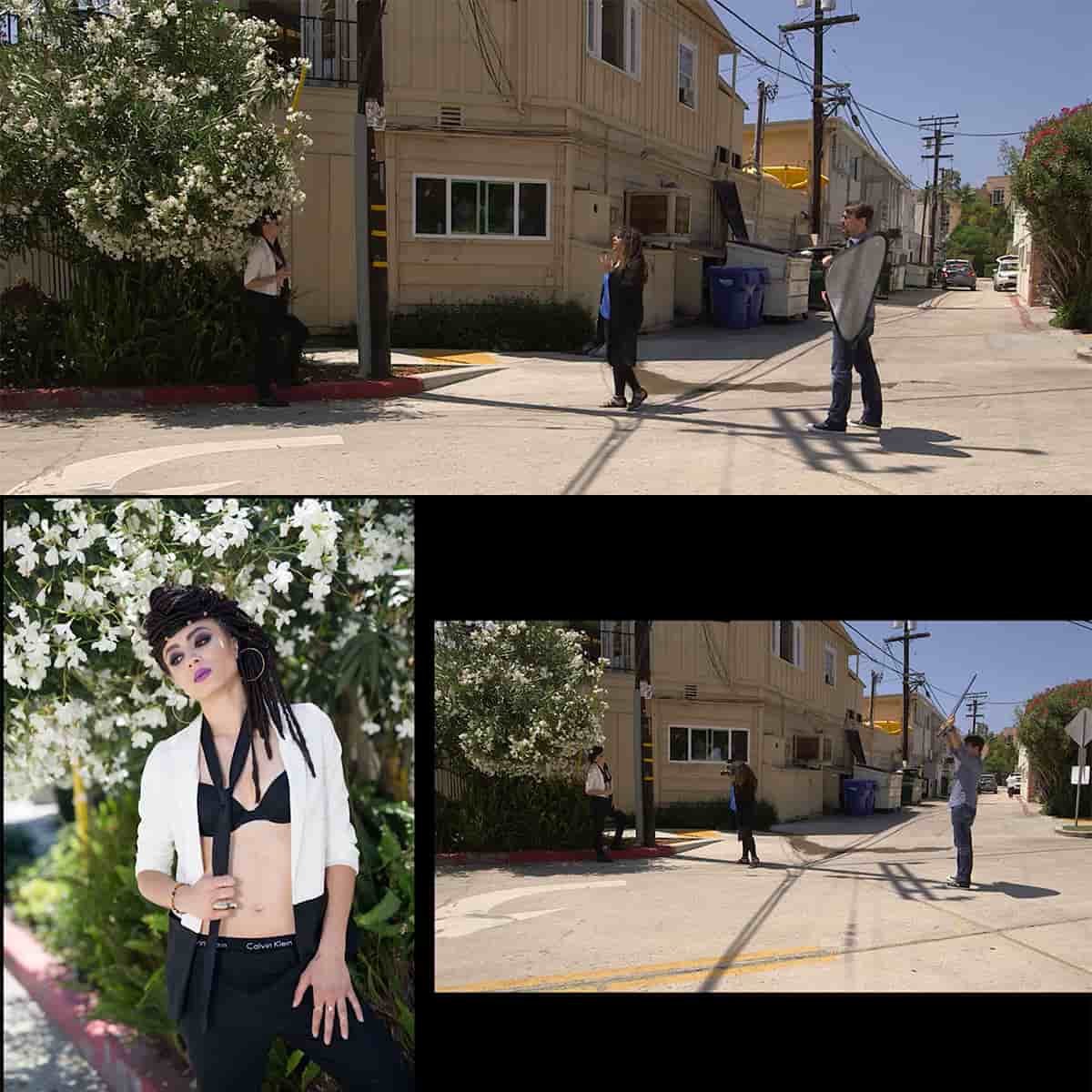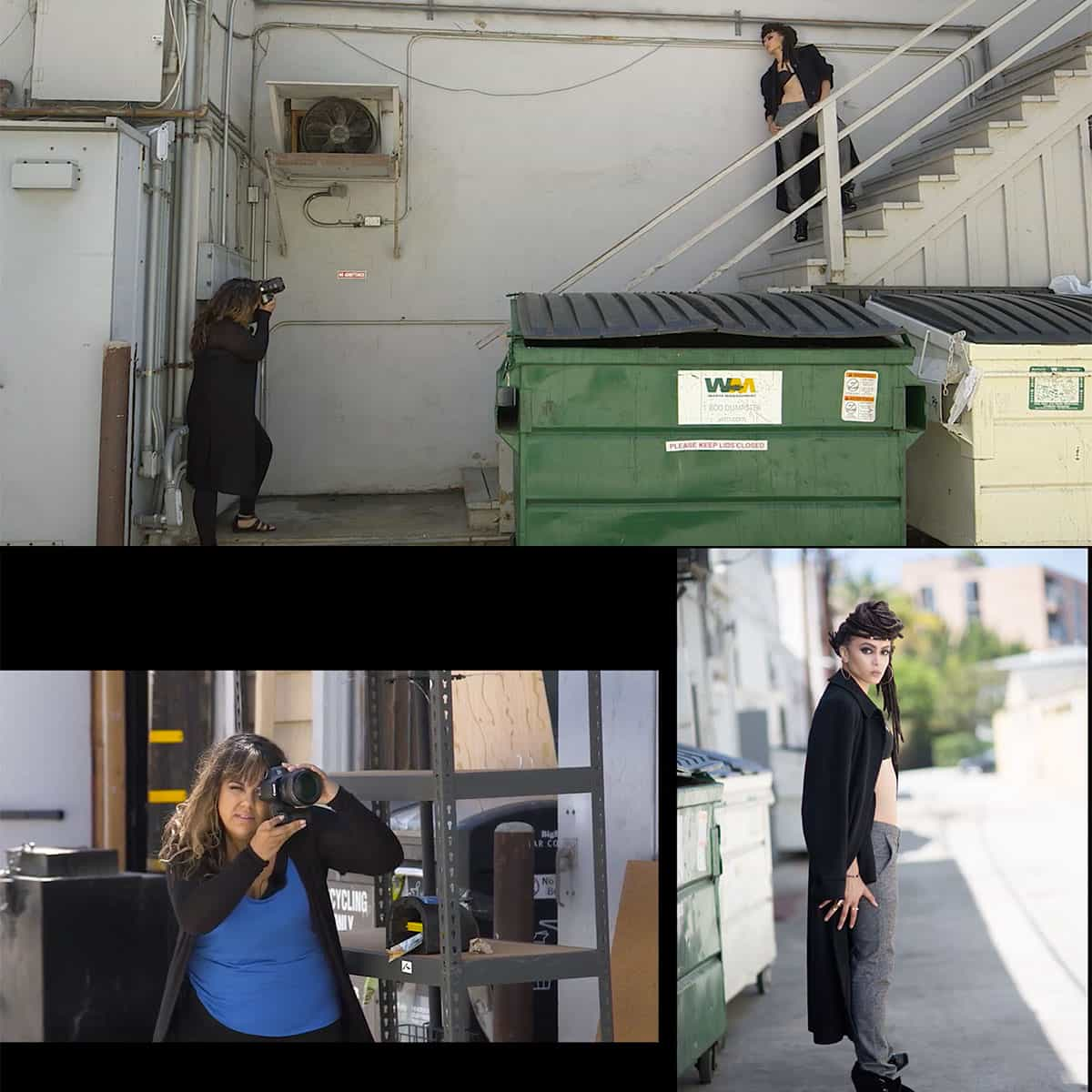SLR Cameras: Demystifying Single-Lens Reflex Technology
Single-lens reflex (SLR) cameras have been a staple in the world of photography for decades. These versatile tools offer a unique mechanism, allowing photographers to see precisely what they are capturing through the lens. SLR technology has evolved over time, with digital single-lens reflex (DSLR) cameras becoming the standard in recent years, combining advanced digital sensors with the traditional reflex design.
Understanding the mechanics behind SLR and DSLR cameras is crucial for photographers to make informed decisions when choosing their gear. These cameras use a mirror and prism system to reflect light from the lens into an optical viewfinder, ensuring that the image seen is exactly what will be captured. The viewfinder goes blank for a brief moment during exposure, as the mirror flips up to allow the light to reach the sensor or film.
Key Takeaways
- SLR cameras use a mirror and prism system to provide an accurate view of the captured image
- Digital advancements have led to the widespread adoption of DSLR cameras
- Understanding SLR and DSLR technology helps photographers make informed decisions about their gear
Understanding SLR Cameras
SLR, or single-lens reflex cameras, are a popular choice for photographers who want control and precision in their photography. The main feature that sets SLR cameras apart is the use of a mirror and prism system, which enables the photographer to see exactly what will be captured through the lens (source). This allows for better alignment and focus of the shot.
In an SLR camera, the light passes through the lens and reflects off a mirror up into the optical viewfinder. This viewfinder is then used by the photographer to compose and focus their shot. During the exposure, the mirror flips up, allowing the light to reach the camera's sensor or film, thus taking the picture (source).
The benefits of using an SLR camera include an optical viewfinder which provides a bright and clear view of the scene, as opposed to electronic viewfinders found in mirrorless cameras. The optical viewfinder's image quality is unaffected by camera settings or changes in ambient light conditions (source).
One downside, however, is that the moving mirror system can add bulk and weight to the camera body, making SLRs generally larger and heavier than their mirrorless counterparts.
We hope this brief introduction to SLR cameras helps provide a clearer understanding of the single-lens reflex technology and its benefits for photographers.
Fundamental Mechanism
The fundamental mechanism of a single-lens reflex (SLR) camera revolves around its unique mirror and prism system. When we take a photograph, the light passing through the camera lens is intercepted by a reflex mirror. This mirror reflects the incoming light onto a ground-glass focusing screen, ensuring the image we see through the viewfinder is exactly what will be captured.
In addition, SLR cameras use a pentaprism to correct the image's lateral reversal on the focusing screen. The pentaprism's role is to provide a clear and accurate preview of our composition. This critical component helps us achieve consistent results and precise framing in every photograph.
Digital single-lens reflex (DSLR) cameras combine the SLR mechanism with a solid-state image sensor to digitally record the captured images. The main difference between a DSLR and other digital cameras is this reflex design scheme.
As we compose an image, the reflex mirror remains in the light's path, allowing us to continuously view the scene. When we press the shutter button, the reflex mirror flips up and out of the way, revealing the sensor (or film) behind it. The shutter then opens, exposing the sensor or film to light, and finally closes to complete the image capture process. This system ensures accuracy in composition, focus, and exposure, making it highly popular among photographers of all skill levels.
SLR Camera Lenses and Focusing
SLR cameras, or Single-Lens Reflex cameras, are highly versatile when it comes to lens choices. We can use various lenses for specific photography needs, such as wide-angle, telephoto, or macro lenses. A key component in SLR cameras is the optical viewfinder, which enables us to see the exact framing and exposure of the shot before capturing the image as explained here.
The viewfinder's accuracy in an SLR camera results from the focusing screen. Light passes through the lens and is reflected by a mirror onto the focusing screen, displaying the image as it will appear in the final photograph. This feature ensures that we capture the desired depth of field and focus with our camera as mentioned in this source.
SLR cameras comprise autofocus systems that speed up the process of finding the perfect focus. Some common autofocus methods include contrast detection, phase detection, and hybrid systems. We can also choose to manually focus the lens, providing greater control over the focusing process.
Digital SLR Cameras
A digital SLR (DSLR) camera combines the mechanics of a single-lens reflex camera with digital imaging capabilities. DSLRs are often favored by photographers because they offer excellent image quality, performance levels, and manual controls. These cameras capture images by reflecting incoming light through an internal mirror and pentaprism, directed to an optical viewfinder1. During exposure, the mirror flips up and out of the way, allowing the digital sensor to record the image2.
With the rise of mirrorless cameras, it's important to differentiate these from DSLRs. While DSLRs use an optical viewfinder, mirrorless cameras utilize electronic viewfinders. These cameras do not have the mirror and pentaprism found in DSLRs; instead, they transmit the light from the lens directly to the image sensor3. Because of this, mirrorless cameras are often more compact and lightweight, but DSLRs are still popular for their robust construction, extensive lens compatibility, and long-lasting battery life4.
In comparison to other types of cameras, such as rangefinder cameras, DSLRs offer certain advantages. Rangefinder cameras lack the complex mirror and prism system and do not require the same bulk or weight. However, their viewfinders might have parallax issues and may not accurately display the final image. DSLRs, on the other hand, offer the photographer an accurate view of the scene as they see through the lens itself5.
To recap, digital single-lens reflex cameras combine the best of optical viewfinders with digital imaging technologies. Their main differences with other camera types like mirrorless and rangefinder cameras lie in size, weight, and the way they capture images. Ultimately, the choice between these cameras depends on the photographer's specific needs and preferences6.
SLR Manufacturers and Models
There are several prominent manufacturers in the world of SLR Cameras. Some of the key players include Canon, Nikon, Pentax, Sony, Olympus, Panasonic, and Hasselblad.
Notable models from these manufacturers are as follows:
- Canon: Their popular SLR series is the Canon EOS line, with models such as the Rebel T7i and the 5D Mark IV.
- Nikon: They have been producing SLRs since the Nikon F-series, with recent models like the D850 and D7500.
- Pentax: Known for their Asahiflex IIB in the 1950s, Pentax continues to produce SLRs such as the K-1 Mark II and the Pentax Spotmatic.
- Sony: Although more known for their mirrorless cameras, Sony's A-mount line includes digital SLRs like the Alpha A99 II.
As for the other mentioned brands:
- Olympus and Panasonic: While both companies do produce cameras, they have primarily focused on the Micro Four Thirds system, which utilizes mirrorless technology instead of the traditional SLR approach.
- Hasselblad: Renowned for their medium format cameras, Hasselblad's SLR models are primarily geared towards professional photographers, with their latest model being the H6D.
Finally, it's worth mentioning Topcon as a historical reference. This company produced SLR cameras, such as the Topcon RE Super in the 1960s. However, they eventually shifted their focus to other industries like precision equipment and medical equipment.
Expanding Camera Knowledge
Photography is an art and a science that can be enjoyed by both amateurs and professionals alike. To excel in this field, it is essential to expand our knowledge of camera technology. In this section, we will discuss the single-lens reflex (SLR) camera and its impact on image quality and camera performance.
A key aspect of SLR technology is the use of interchangeable lenses, which allows photographers to quickly switch between different focal lengths and apertures for a wide range of shooting scenarios. This flexibility enables us to achieve the desired depth of field, background blur, and sharpness in our images, resulting in improved image quality.
The camera body is another crucial aspect of SLR technology. It houses the camera's sensor, mirror mechanism, and other essential components. Many professional photographers prefer DSLRs due to their robustness and performance in demanding situations.
Furthermore, understanding the fundamentals of aperture is essential for all photographers. Aperture refers to the opening in the camera lens that controls the amount of light entering the camera. A wider aperture enables more light to enter, whereas a smaller aperture allows for less light. Adjusting the aperture is necessary to create a correct exposure, emphasizing or minimizing certain elements in an image. To refine our skills, we can explore advanced photography courses covering different aspects of aperture and other photography techniques.
In conclusion, expanding our camera knowledge is crucial for both amateur and professional photographers. By understanding the core components of SLR technology, we can fully harness the potential of interchangeable lenses, camera bodies, and aperture settings to create stunning images. As we grow in our abilities, we may benefit from professional photography tutorials to further enhance our expertise.
Frequently Asked Questions
What are the main differences between SLR and DSLR cameras?
SLR (Single-Lens Reflex) cameras utilize a mirror and prism system to direct light from the lens to the viewfinder, allowing the photographer to see exactly what will be captured. On the other hand, DSLR (Digital Single-Lens Reflex) cameras are an evolution of the SLR cameras, using digital sensors instead of photographic film. Both share a common design principle, but DSLRs offer more advanced features and benefits, such as faster image processing and enhanced flexibility in image storage.
How do mirrors function in SLR cameras to direct light to the viewfinder?
In an SLR camera, the mirror reflects light that enters the lens, directing it to a ground-glass focusing screen. This image is then reflected onto a pentaprism, which corrects the lateral reversal and projects the image into the viewfinder. When the shutter button is pressed, the mirror flips up, allowing light to reach the film or digital sensor and capturing the image.
What are the advantages of using DSLR cameras over mirrorless cameras?
DSLR cameras generally provide better battery life, optical viewfinders, and a wider selection of lenses compared to mirrorless cameras. Optical viewfinders in DSLRs offer a more accurate representation of the scene being captured compared to electronic viewfinders present in mirrorless cameras. DSLRs also benefit from a more established support system in terms of lens compatibility and accessories.
Which DSLR cameras are best suited for beginners?
Choosing the best DSLR for beginners depends on personal preferences, budgets, and desired features. Some popular options include the Canon EOS Rebel T7i, Nikon D3500, and the Sony A68. These models offer user-friendly interfaces, balanced sets of features, and compatibility with various lenses and accessories, making them suitable for those starting their photography journey.
What are the key components of a single-lens reflex camera?
SLR cameras are composed of three main components: the lens, mirror, and prism. The lens allows light to enter and helps the user focus, while the mirror reflects the light towards the pentaprism. The pentaprism then corrects the reversed image and directs it towards the viewfinder, providing a true representation of the scene being captured.
What are the common uses for DSLR cameras?
DSLR cameras are commonly used for a wide range of photography styles, from portrait photography and landscape photography to sports, wildlife, and travel photography. Due to their versatility, high image quality, and wide selection of lenses and accessories, DSLRs are popular choices for both amateur and professional photographers. Their advanced features allow users to explore and hone their creative skills, experimenting with various settings and capturing stunning images.





